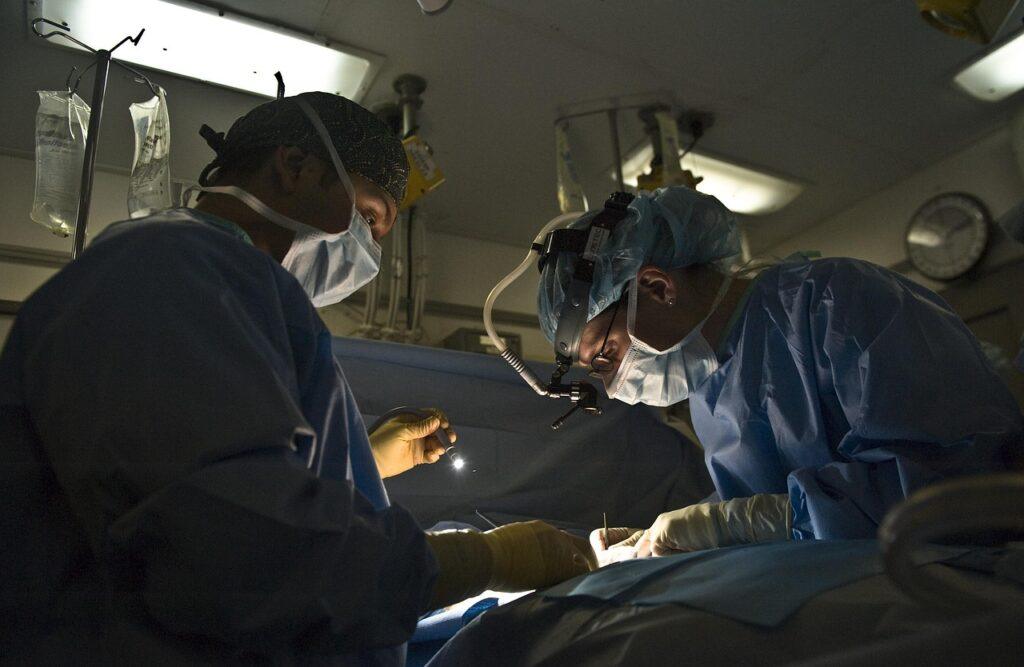Introduction to Leg Fasciotomy
A leg fasciotomy is an emergency surgical procedure performed to relieve dangerously high pressure in muscle compartments. When compartment syndrome develops, immediate fasciotomy can mean the difference between saving a limb and permanent disability. This guide details the step-by-step surgical technique, post-operative care, and consequences of delayed treatment.

Surgical Technique for Four-Compartment Leg Fasciotomy
Preoperative Preparation
- Spinal Anesthesia is administered
- Tourniquet applied (for visualization, not ischemia)
- Sterile prep of entire leg
Medial Incision: Releasing Posterior Compartments
- Incision Placement
- 3 cm posterior to tibial border
- Dissection Technique
- Blunt dissection through subcutaneous fat
- Protect saphenous vein and nerve
- Fascial Release
- Open posterior compartment fascia
- Confirm release by digital palpation along entire length
- Deep Compartment Access
- Reflect gastrocnemius and soleus posteriorly
- Incise intermuscular septum longitudinally
- Verify complete deep compartment release
Lateral Incision: Releasing Anterior and Lateral Compartments
- Incision Placement
- Midway between tibial crest and fibula
- Nerve Protection
- Identify and protect superficial peroneal nerve
- Note variable anatomical course
- Compartment Release
- Longitudinal incision through anterior compartment fascia
- Separate incision or septum opening for lateral compartment
- Confirm complete release by palpation
Muscle Viability Assessment (The “Four Cs”)
After decompression, assess tissue viability:
- Color – Healthy muscle appears pink/red
- Contractility – Responds to stimulation
- Consistency – Necrotic muscle feels mushy (removable with curette)
- Capacity to Bleed – Viable tissue bleeds when incised
Critical Step:
- Use artery forceps to spread muscle fibers and check for central necrosis
- Excise all non-viable tissue to prevent infection
Wound Management and Postoperative Care
Initial Dressing
- Leave wounds open
- Apply absorbent or vacuum-assisted closure (VAC) dressing
48-Hour Follow-Up
- Return to OR for:
- Reassessment of muscle viability
- Further debridement if needed
- Possible delayed primary closure
Definitive Wound Closure Options
- Gradual Secondary Closure (serial operations)
- Split-Thickness Skin Grafting
- Vacuum-Assisted Closure for gradual healing
Consequences of Delayed Treatment
When compartment syndrome is missed for 24-48+ hours:
- Muscle necrosis is typically irreversible
- High infection risk with late fasciotomy
- Poor functional outcomes likely
- Amputation or arthrodesis may become necessary
Key Surgical Considerations
✅ Complete fascial release is mandatory – partial decompression fails
✅ Preserve neurovascular structures during dissection
✅ Adequate debridement prevents infection
✅ Early follow-up surgery improves outcomes
For Further Reading:
Other Ortho Topics: Orthopaedics Surgery
